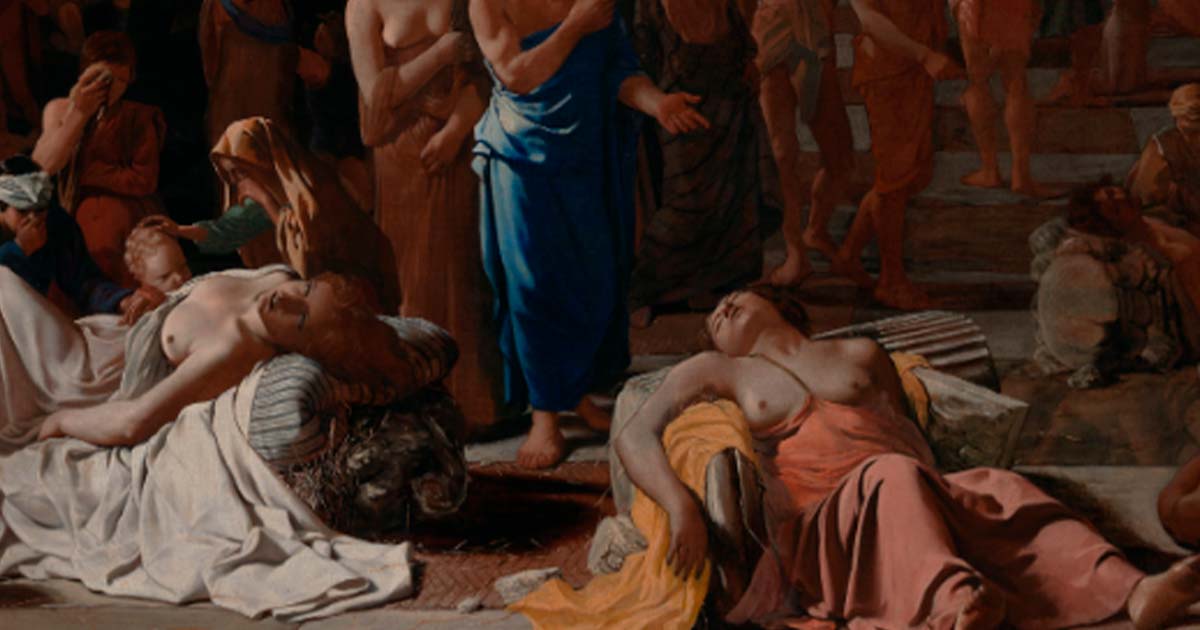Most Common Causes of Death in Ancient Rome and Greece (Video)
Life in ancient Greece and Rome was far from the glamorous tales we envision. High mortality rates were fueled by childbirth perils, with poor sanitation contributing to infant mortality. Malaria, an insidious mosquito-borne disease, thrived in the marshy conditions surrounding Rome, contributing to epidemics that reshaped the city. Plagues, such as the Antonine plague and later bubonic outbreaks, swept through ancient populations with devastating consequences. Venereal diseases, facilitated by poor sanitation and misconceptions, added another layer of affliction. Cholera found fertile ground in the crowded and unhygienic environment of ancient Rome, flourishing amid shared public facilities.
- The Antonine Plague and the Downfall of the Roman Empire
- Researchers Find Evidence for Deadly Malaria in Imperial Rome 2000 Years Ago
War, a constant specter in history, claimed numerous lives in epic conflicts like the Punic Wars and city-state skirmishes. Excessive alcohol consumption, often linked to ritualistic practices, led to increased crime and violence. In a society rife with divisions based on class, race, and religion, conflicts were inevitable, resulting in robbery, street crime, and deadly assaults. Amid these challenges, cancer emerged as a silent adversary, diagnosed but restrained by shorter lifespans and a different environment. The ancient Greeks and Romans faced a harsh, uncertain existence, challenging our romanticized views of their world.
Top image: Plague in an Ancient City by Michiel Sweerts. Source: Public Domain

















